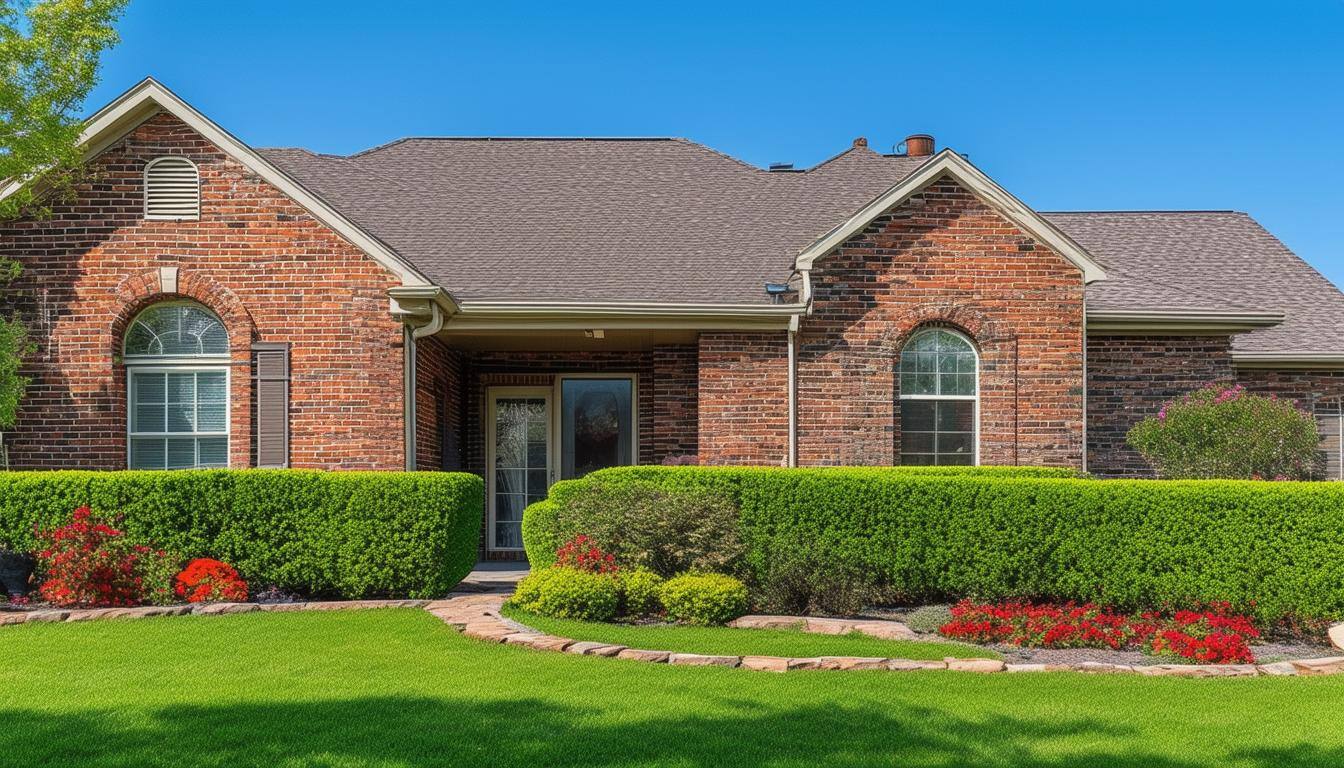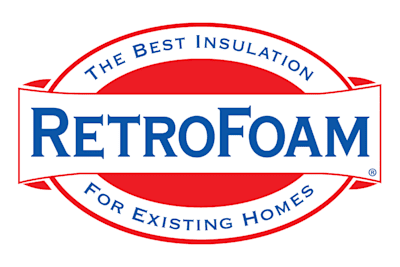How to Insulate Brick Walls on Concrete Blocks


Brick homes exude charm and character, but depending on how they are assembled, they can also pose challenges when it comes to updating the insulation.
If your brick walls are on concrete block walls, you might think you’re out of luck. If you want to update your insulation, don’t worry; we’ve got you covered. Whether you’re looking to improve energy efficiency, reduce drafts, or simply make your home more comfortable, foam insulation is a fantastic solution.
In this article, we’ll explore how to insulate brick walls on concrete blocks, including options for insulating brick walls from the outside, and answer common questions like, “Can foam insulation be added to older brick home walls?”
Let’s get started.
Understanding the Structure of Brick Homes on Concrete Blocks
Some brick homes are built with a combination of brick and concrete blocks.
While the brick offers aesthetic appeal, the block provides structural strength. Between these two layers, there may be a wythe cavity (a gap between the brick and block) or even a stud cavity, though the latter is rare.
To insulate these brick walls effectively, the primary goal is to fill the cores of the concrete block or any cavity space with foam insulation. This approach improves thermal efficiency without compromising the integrity or appearance of the brick exterior.
The Process of Insulating Brick Walls on Concrete Blocks from the Outside
The great news is that you don’t need to remove bricks or disrupt your home’s facade to add foam insulation.
Here’s how experienced insulation contractors insulate brick walls with concrete blocks from the outside.
Step 1: Drilling Through Mortar Joints
The first step involves drilling small access holes through the mortar joints – not the bricks themselves.
This method minimizes any visible damage and prevents the need to replace bricks. While drilling, installers take care to:
- Plan a uniform drilling pattern starting at a corner.
- Space holes to ensure even foam distribution.
- Avoid scuffing the brick face or surrounding area.
Step 2: Injecting Foam Insulation
With the access holes in place, the crew injects foam insulation directly into the cores of the concrete blocks.
To achieve uniform coverage, the foam is injected at multiple levels – bottom, middle, and top. This ensures every core is thoroughly filled, creating an effective thermal barrier.
Step 3: Filling the Holes in the Mortar
Once the foam insulation is in place, the holes are sealed with fresh mortar.
Installers take care to smooth the joints, leaving the brick exterior looking as good as new.
Special Considerations for Wythe Cavities
If your brick home has a substantial wythe cavity, insulating this space might be the best approach.
Filling the cavity with foam insulation creates a continuous thermal barrier, reducing heat loss and improving energy efficiency. This method is particularly advantageous because it doesn’t require aligning with block cores.
In rare cases where a stud cavity exists (often resulting in an exceptionally thick wall assembly), accessing and insulating the stud cavity is recommended for optimal performance.
Benefits of Foam Insulation for Brick Homes
Adding foam insulation to brick walls offers several advantages:
- Enhanced Energy Efficiency: Foam insulation reduces heat transfer, keeping your home warmer in the winter and cooler in the summer.
- Minimized Drafts: By filling gaps and cracks, foam insulation prevents air infiltration.
- Preserved Aesthetics: Drilling through mortar joints ensures the brick’s appearance remains intact.
- Increased Comfort: Properly insulated walls create a more consistent indoor temperature.
Can Foam Insulation Be Added to Older Brick Home Walls?
Yes, foam insulation can be added to older brick home walls.
The process is similar regardless of the home’s age. Installers carefully evaluate the wall assembly to determine the best approach, whether it’s filling block cores, insulating a wythe cavity, or addressing a stud cavity.
Learn More About Foam Insulation
Insulating brick walls is just one of the many applications of foam insulation.
To explore additional tips, techniques, and solutions, visit our Learning Center. We’ve got you covered with articles, blogs, and videos to help you make informed decisions about your home’s insulation.
For professional advice and expert installation, reach out to your local RetroFoam specialist today.
Related Articles
Stud or Wythe Cavity? Can You Insulate Exterior Brick Walls?
Insulating Concrete Block Walls with RetroFoam
Adding Insulation to Exterior Walls: Installing RetroFoam with Different Siding Types
About Amanda Emery
Amanda previously has worked as a breaking news and crime reporter, TV news producer, and editor. As a journalist, she has won several awards from The Society of Professional Journalists - Detroit Chapter and the Michigan Press Association. Amanda uses her experience as a journalist to write content that will help educate homeowners on foam insulation benefits. When Amanda isn’t writing, she’s spending time with her husband Chris, daughter Lilith-Maeve, and rescued huskies Danger and Wendigo. She also loves knitting, making art, and cooking.



